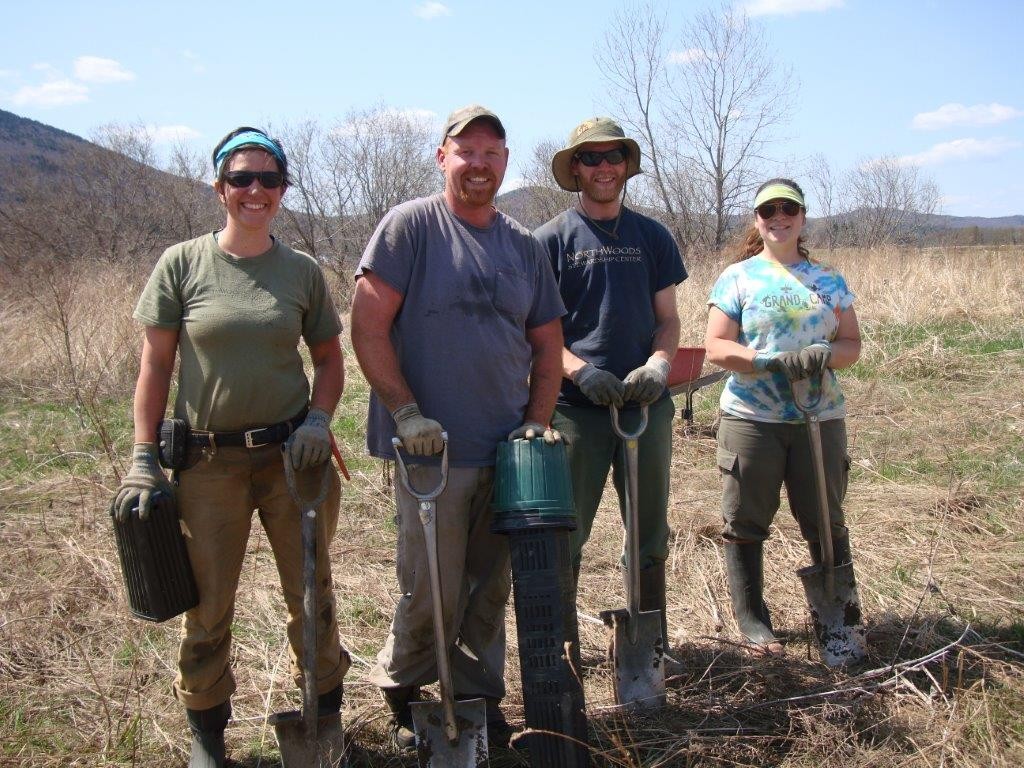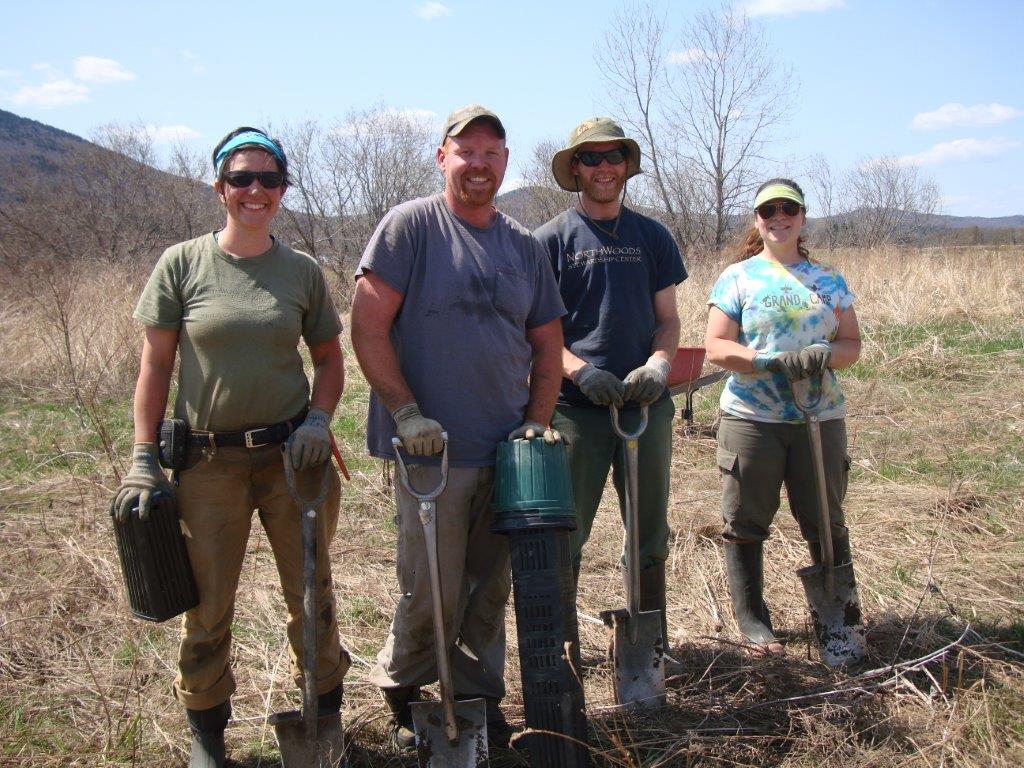NEWPORT — Although there are over 30,000 American streets bearing the name of “elm,” the Dutch elm disease felled these majestic trees with their towering canopies. Around 77 million elms died by 1970 and no strains of the elm have been able to resist the disease.
Christian Marks, an ecologist with The Nature Conservancy (TNC), has been developing new disease tolerant strains at Green Mountain College in Poultney, in cooperation with the U.S. Forest Service. These new strains will be planted in floodplains by TNC staff, the NorthWoods Stewardship Center of Charleston, and volunteers throughout Vermont.
The restored floodplain forests will provide public demonstrations of the importance of elms for wildlife habitat and water quality. American elms are uniquely adapted to flooding and help improve water quality by trapping sediment and absorbing excess nutrients like phosphorous. They provide habitat for eagles, osprey, otters, mink and a host of breeding songbirds.
The group was recently in Orleans County, planting in the Willoughby Falls Wildlife Management Area, Orleans on the Barton River, South Bay WMA, and Coventry on the Black River.

“Over the next 3 years we will plant 7,000 American Elm trees and restore over 50 acres of floodplain forests that will improve water quality, fish and bird habitat and create a more resilient landscape for extreme weather events,” says Rose Paul, Director of Critical Lands & Conservation Science for the Nature Conservancy in Vermont.
These spring plantings have been generously supported with funding from the Canaday Family Charitable Trust, Keurig Green Mountain, and Plum Creek Foundation. As a major landowner of working forests in Northern Vermont, Plum Creek has a vested interested in the health of Vermont’s riparian forests because of the important role these forests play in protecting communities and in providing enhanced recreational opportunities such as improved fishing.
The Nature Conservancy in Vermont is an environmental leader in safeguarding the natural resources of the Green Mountain State. They have conserved 300,000 acres of land, over 1,200 miles of shoreline, and manage and maintain 55 natural areas. To learn more and support their important work, please visit: www.nature.org/vermont.


